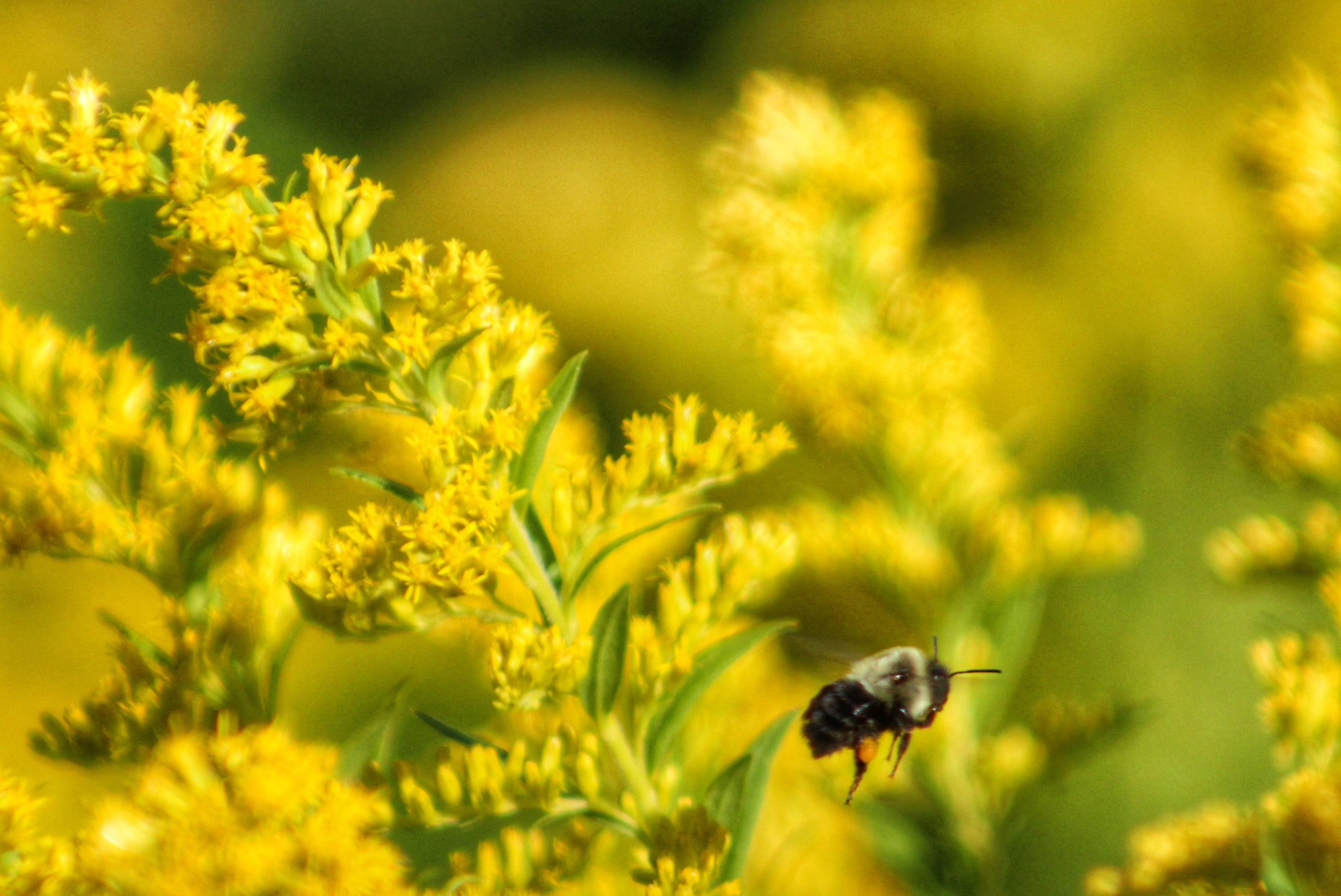
Bucky Fuller taught many principles to his students. One of them was PRECESSION, which he defined as: “the effect of bodies in motion on other bodies in motion“. He demonstrated this idea with a story about the honey bee. The bee goes about gathering nectar from flowers to take back to the hive. And as it does this something else is going on at ninety degrees to it’s body and flight path. The legs of the insect gather pollen from one flower and “accidentally” transfers it to the next flower. Cross pollination may not have been the bees primary goal but it is a vital contribution to life on earth.
Where would the Kiwifruit industry in N.Z be without them!
Working on this Deep Learning project to classify images of Pithomyces Chartarum spores is similar in a way. Yes, my eventual goal is to create a useful app that I can sell to business owners who offer spore counting as a service to dairy farmers. But along the way, and in documenting my process here on this website, I trust other good stuff is happening also. At least the potential is there and for me that is important.
In this post I’ll share how I’ll turn these images into a dataset that can be then uploaded into my project workbook in Google CoLab. I still have a few hundred to get yet but I’m setting up my CoLab notebook ready for when I’m finished capturing them with my trinocular microscope..
You may be asking… “And why Google CoLab?” The great thing is that I can work faster and experiment with different models when I have more computing power at my fingerprints. CoLab gives me more GPU and it’s free!.
This is how I’m preparing my images so they can be uploaded easily into my notebook. I took images 20 – 40 at a time. They are classified as I go and are entered into an Excel file I’ve called “labels”. Roughly half are photos of P. Chartarum spores and the half are not. My laptop camera software CyberLink YouCam identifies each of them in this format e.g. “Snapshot_20220608_23”.This is the twenty third photo I took on June 8th. I’m keeping this identification method at the moment.
I transfer these images into a folder in Documents once they’ve been classified. I have a copy of this folder on a USB hard drive just in case I make a mistake. Which is quite likely. I’ve deleted some by accident already and found out how to get them back. When I’ve finished taking my 1000 snapshots I’ll right click the folder, choose “send to” , then “compressed (zipped folder)”.
It will be this zip folder that I will bring into my Google Drive CoLab notebook to unzip when I’m ready. The Python3 code looks like this
!unzip”drive/MyDrive/P Chartarum Vision/test.zip -d “drive/MyDrive/P Chartarum Vision/”
First I have to upload the zip “Train” folder and their labels CSV file into Google Drive. And there’s two ways to do this. A good way and a better way! I’ll go into that in my next post.
My focus this week is to keep taking photos, write blog posts to get my thoughts out on paper and to do revision by listening to the excellent training videos in the Zero To Mastery Complete Machine Learning and Data Science course. The technical ones are important but so are the ones on Story Telling. I have a conference to go to soon so I need to be able to show what I’ve done in my project so far. Actions speak louder than words!